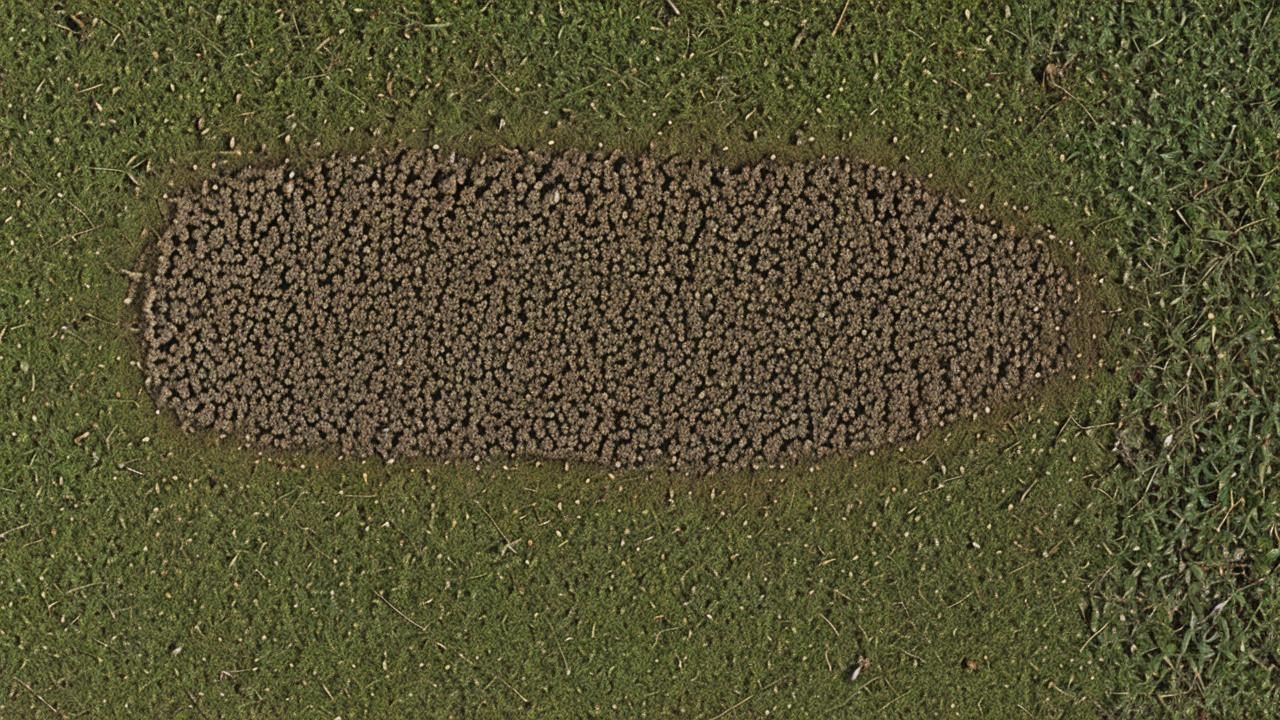The Rise and Fall of Suburban Fungal Colonies
January 30th 2025

In the early 1980s, a peculiar phenomenon emerged on Oakwood Avenue, a quaint suburban street in the English countryside. Residents reported noticing a sudden and inexplicable increase in the number of mushrooms growing in their gardens. At first, it was dismissed as a prank by mischievous gardeners or the work of a particularly enthusiastic foraging enthusiast. However, as the phenomenon persisted, experts were called in to investigate.
A team of mycologists from the University of Cambridge, led by the renowned Dr Emily Bottomley, descended upon Oakwood Avenue to study this bizarre occurrence. They set up a makeshift laboratory in the local community centre and got to work, meticulously collecting and categorising the various fungal species. What they discovered was nothing short of astonishing.
The fungi in question appeared to be a previously unknown species, later dubbed Mycochlororhinus Oakwoodensis. This peculiar organism had developed an uncanny ability to thrive on suburban lawns, seemingly drawn to the very same fertilisers and pesticides that its human inhabitants used. As the research progressed, it became apparent that these fungi were not merely passive bystanders but rather a self-sustaining ecosystem.
The residents of Oakwood Avenue soon found themselves living alongside their fungal counterparts. Lawns transformed into lush forests of mycelium, with fungal hyphae spreading through the grass like an invisible network. The air was filled with the sweet scent of spores as the fungi worked tirelessly to break down organic matter and recycle nutrients.
As the years went by, Oakwood Avenue became a marvel of environmental engineering. The local economy boomed as residents began to tap into the fungal colonies for their own gain. Fungal-based fertilisers were sold to gardeners across the country, while innovative mycoremediation techniques were used to clean polluted soil and waterways.
However, all good things must come to an end. As the fungi continued to spread, their impact on human activities became increasingly apparent. The roads were choked with fungal spores, causing respiratory problems in local residents. Lawns began to resemble a dense forest, making it difficult for pedestrians to navigate.
The authorities were faced with a daunting task: how to balance the benefits of the fungal colonies with the potential drawbacks. Dr Bottomley and her team worked tirelessly to find a solution, collaborating with local government officials to develop innovative management strategies. The result was a carefully controlled "fungal corridor" system, which allowed residents to coexist with their fungal neighbours while minimising disruptions.
Today, Oakwood Avenue remains a testament to the power of fungal ecology. Visitors from around the world flock to see the surreal landscape of lawns and mycelium, marveling at the intricate relationships between humans and fungi. As Dr Bottomley once quipped, "We thought we were the masters of this planet, but it seems that fungi have been playing a more subtle – yet no less profound – role all along."
In conclusion, the rise and fall of the suburban fungal colonies serves as a poignant reminder of the complex web of life that surrounds us. As we continue to navigate the intricate relationships between humans, animals, and microorganisms, it is essential that we approach these interactions with a sense of wonder and respect. For in the world of mycology, even the most unexpected phenomena can hold profound lessons for our own existence.